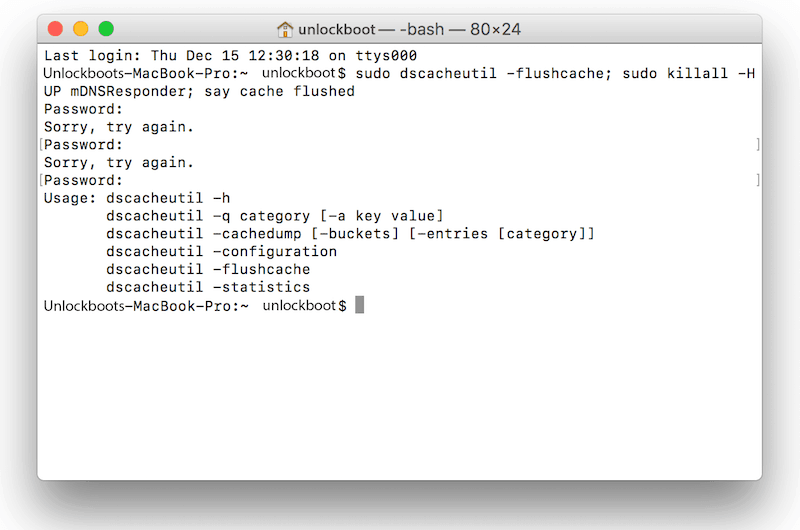
- #Mac reset dns configurations how to
- #Mac reset dns configurations mac os
- #Mac reset dns configurations password
- #Mac reset dns configurations mac
The command listed in the steps above flushing DNS cache is the same command needed to force flush DNS cache. Once the flushing concludes, you can use the web and get on any secure website safely.
#Mac reset dns configurations password
Type in the admin password and hit Return. It’s an optional step you can use a different time delay or omit it entirely if you like. The -sleep two commands is a 2-second delay between the time you hit return and before entering the admin password in the next step. Again, you can either press Command + Space or go to Applications > Utilities to launch the terminal.Įnter the following terminal command to flush your Mac’s DNS cache: sudo killall -HUP mDNSResponder -sleep 2
#Mac reset dns configurations mac
How Do I Flush DNS Cache On MacOS Catalina?Ĭatalina refers to version 10.15.0 of Mac OS, as well as later releases from Apple.Īs a Catalina user, the steps you need to follow to clear DNS cache are similar to macOS Mojave: You’re done! Although you will not receive a notification, the command in the second step should clear the MacOS DNS cache in Mojave. You will be prompted to enter the admin password Type in your password and hit the Return key. Type the following command on Terminal and press the Return key: sudo killall -HUP mDNSResponder You can press Command + Space or go to Applications > Utilities and search for Terminal to launch it. Launch Terminal on your Mac whichever way you prefer. If you’re using Mojave, you need to take the following steps to reset the DNS cache:

#Mac reset dns configurations mac os
MacOS Mojave is version 10.14.0 of Mac OS and includes later patches from Apple. How Do I Clear DNS Cache on macOS Mojave?
#Mac reset dns configurations how to
Keep on reading to find out how to reset the DNS cache according to your Mac OS version. The steps you need to follow for older macOS versions are slightly different from newer macOS versions, as you will see now. To reset DNS, you need to determine what your MacOS version is. As you will see, there is an easy way to flush your Mac’s DNS and reset DNS settings without using any third-party app. How Do You Refresh DNS On Mac?įlushing your Mac’s DNS cache may seem tricky, but it doesn’t have to be. To resolve such issues, you need to clear any cached DNS before using the internet on your system again. Obtaining the correct lookup information from the DNS server keeps your internet browsing secure each time you enter a website.Įven if you don’t have malware, a domain name may not resolve to the correct IP address if your DNS has been cached. Your Mac will receive updated data from the DNS server for its following lookup requests by resetting the DNS cache. Whatever the reason may be, you’ll want to clear the DNS cache on macOS to refresh domain names and internet addresses to avoid security-related issues. The DNS cache can become corrupted for multiple reasons, such as malware or network breaches. You might enter a website with a false domain name or enter sensitive information during a search over a fake web page. When a DNS cache corrupts, your web activity is no longer secure. Just as you may run into issues looking up a name in a phone book, your Mac may not be able to get the correct domain names if the DNS is cached or corrupted.
On the other hand, DNS cache is temporarily stored on your system’s memory rather than on a server. This information is stored on a DNS server over the internet. Your Mac’s web browser communicates through an IP address, which is translated from domain names. Instead of storing phone numbers, however, the DNS stores internet addresses. The Domain Name System, or DNS, is a directory that functions like a phonebook for your Mac.

'System Preferences.' -> Network -> (select the active NIC device) I guess, this file is created/updated when you change the network settings in 'System Preferences'.


 0 kommentar(er)
0 kommentar(er)
